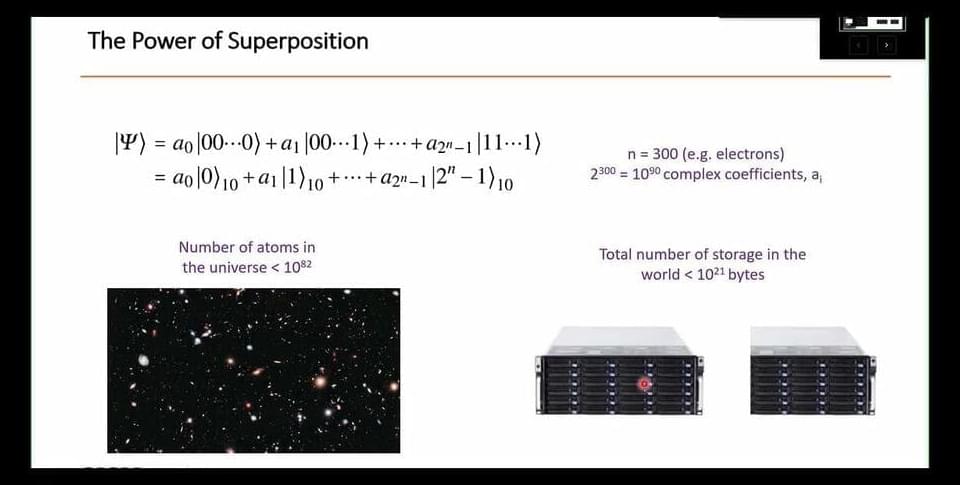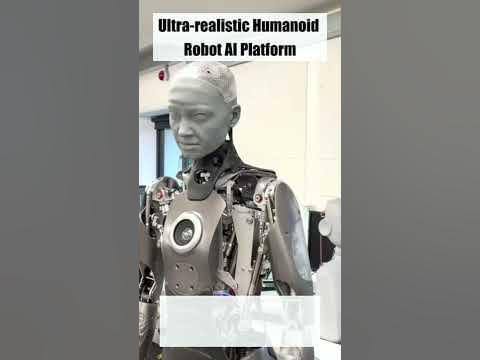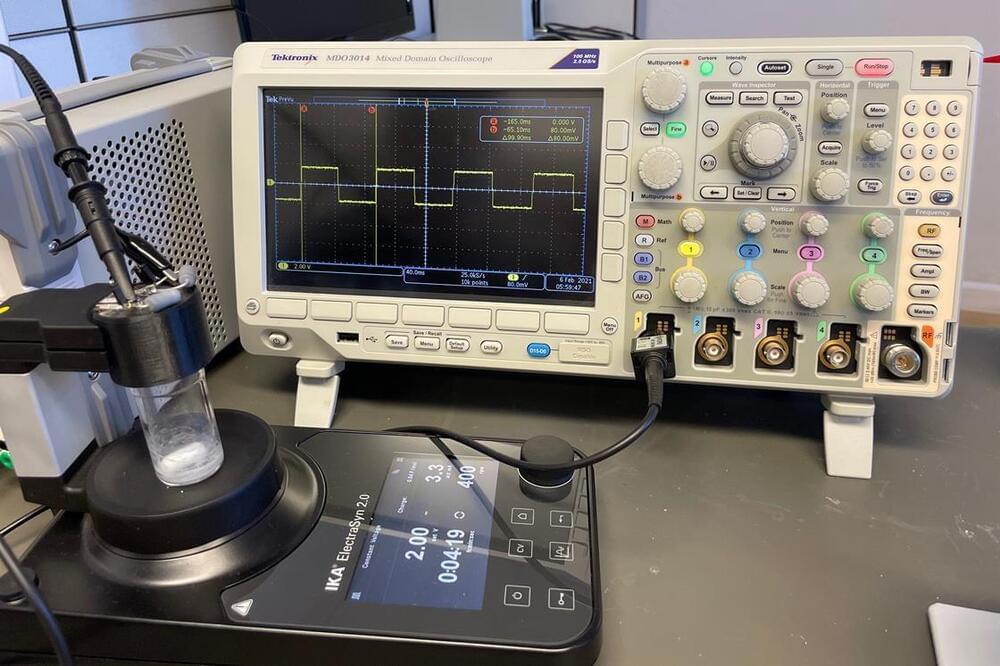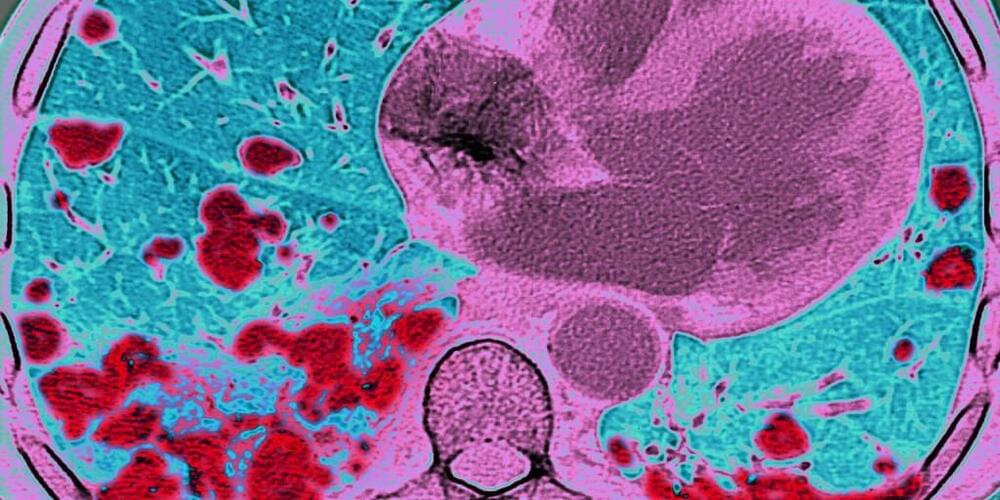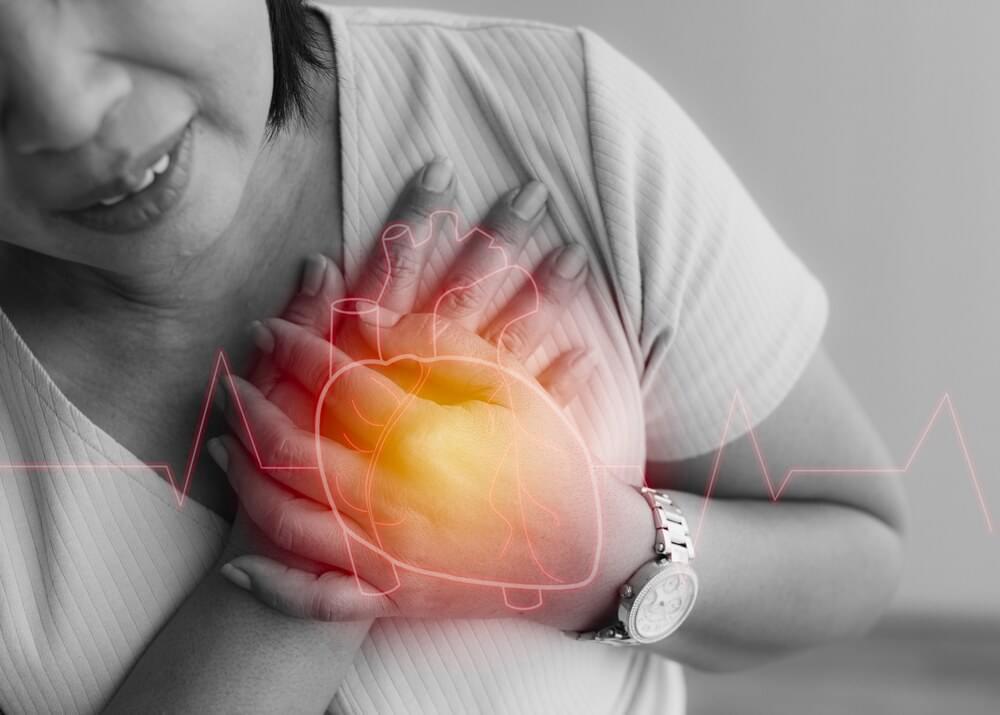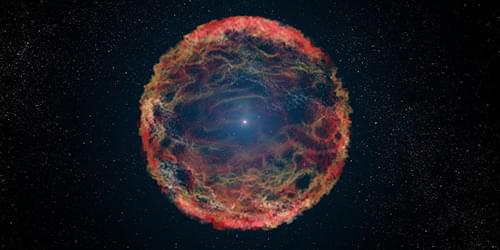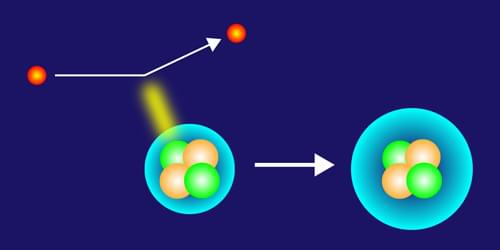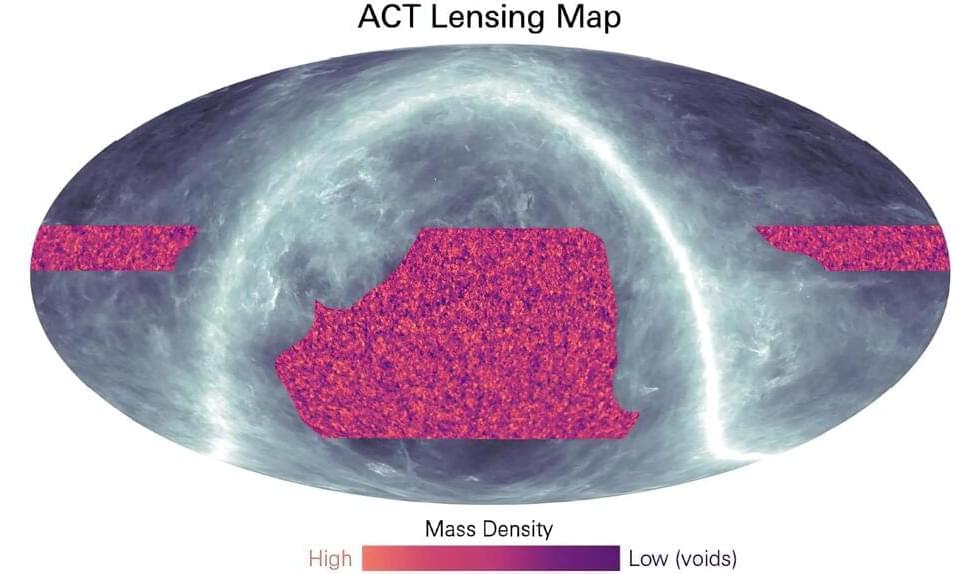Apr 12, 2023
(Extra) Quantum Computing Explained and Overview
Posted by Dan Breeden in categories: computing, quantum physics
Playlist: https://www.youtube.com/playlist?list=PLnK6MrIqGXsJfcBdppW3CKJ858zR8P4eP
Download PowerPoint: https://github.com/hywong2/Intro_to_Quantum_Computing.
Book (Free with institution subscription): https://link.springer.com/book/10.1007/978-3-030-98339-0
Book: https://www.amazon.com/Introduction-Quantum-Computing-Layper…atfound-20
Can quantum computing replace classical computing? State, Superposition, Measurement, Entanglement, Qubit Implementation, No-cloning Theorem, Error Correction, Caveats.
